As someone without a background in photography, film, television, or media, I often find myself mystified by the objects I deal with on a daily basis. However, I regularly come across material that no amount of expertise can prepare you for. In this series I’m going to highlight some of the weird and wonderful objects I come into contact with down here in the museum’s collection stores.
You Can’t Stop Rock and Roll!
I’ve written before about The Daily Herald Archive and its wealth of amusing and sometimes completely bizarre images. It’s not only a fantastic resource of the weird and wonderful, but it is a valuable archive for serious research. One reason for this is its organisation system. The archive is organised in three different ways: person, place, and theme. If it is a story about a particular person, the image will be in a file under their name. If it is a report on a place, it will be in the location files. If it’s neither of those, it gets counted as a ‘theme’. As such there are boxes and boxes of material under tantalising theme labels, for instance:
- Circus
- Fashion
- Murder
- Fires
- Science—Rockets
- Diamonds and buying
- War (organised by place and time of war)
- Feathers
- Dancing
- Sword making
- Medicine
Recently I had cause to look through the ‘Dancing’ box, and it certainly did not disappoint.
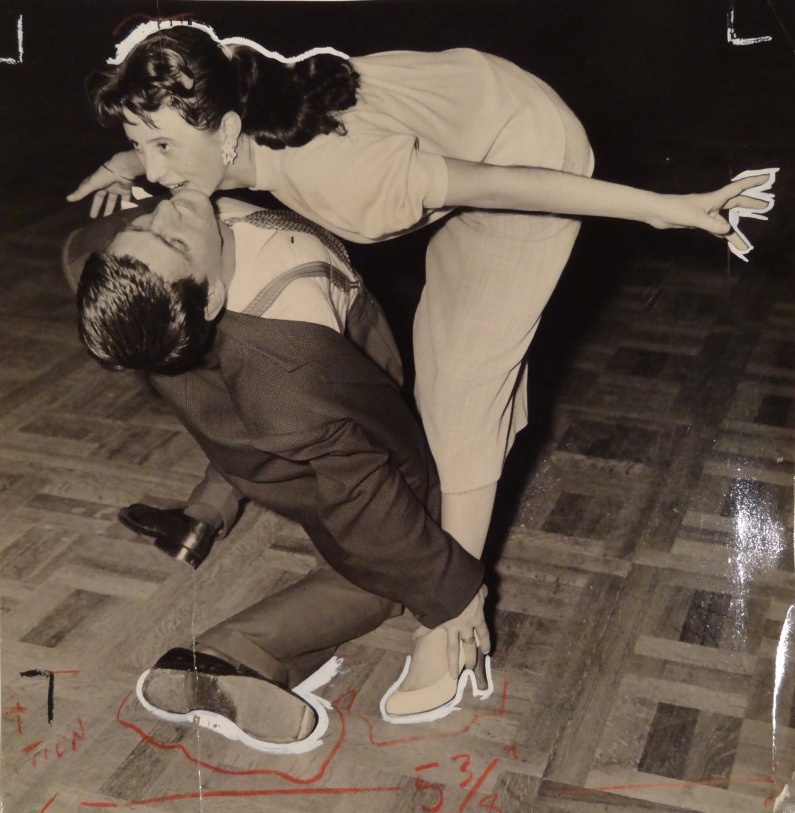
Daily Herald Archive. © Science Museum Group collection
But aside from images of people frozen mid-pose there are some great narratives that can be picked out through these many images. For instance, let’s take ‘The Twist.’
The Twist has been described as one of the world’s earliest dance crazes, and so it’s no surprise that it features in the Daily Herald. The interesting part is how the paper’s attitude to the dance (and rock and roll dancing in general) changed over time. First there were scathing reports on the dangers of the Twist. One particular image I came across (which copyright sadly prevents me from using here) shows a young man being carried by his friends as they leave an all-night rock and roll dance party. It states that he was hospitalised after his extreme exertions let him exhausted, though it does not detail just how seriously. Similar images show young people packed into dark featureless rooms, some dancing, some sleeping on chairs, or on the floor, or against each other. Reports accompanying these images often comment on just how young the party-goers are; stating: ‘young people, many of whom are girls of only 16 years of age…’ giving a clear implication of the immorality of these ‘dance halls.’
The Daily Herald also published appeals to tone down the madness from rock and roll dancing:
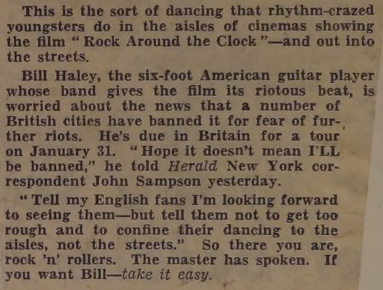
So the attitude for the mid-late 1950s is that this Twisting, Rock and Rolling nonsense is the domain of young people of questionable character and self-control. Surely it is not something that respectable people would ever partake in!
However, fast forward just a couple of years and suddenly there are Twist marathons being held; not in dingy night clubs, but in purpose built dance halls.
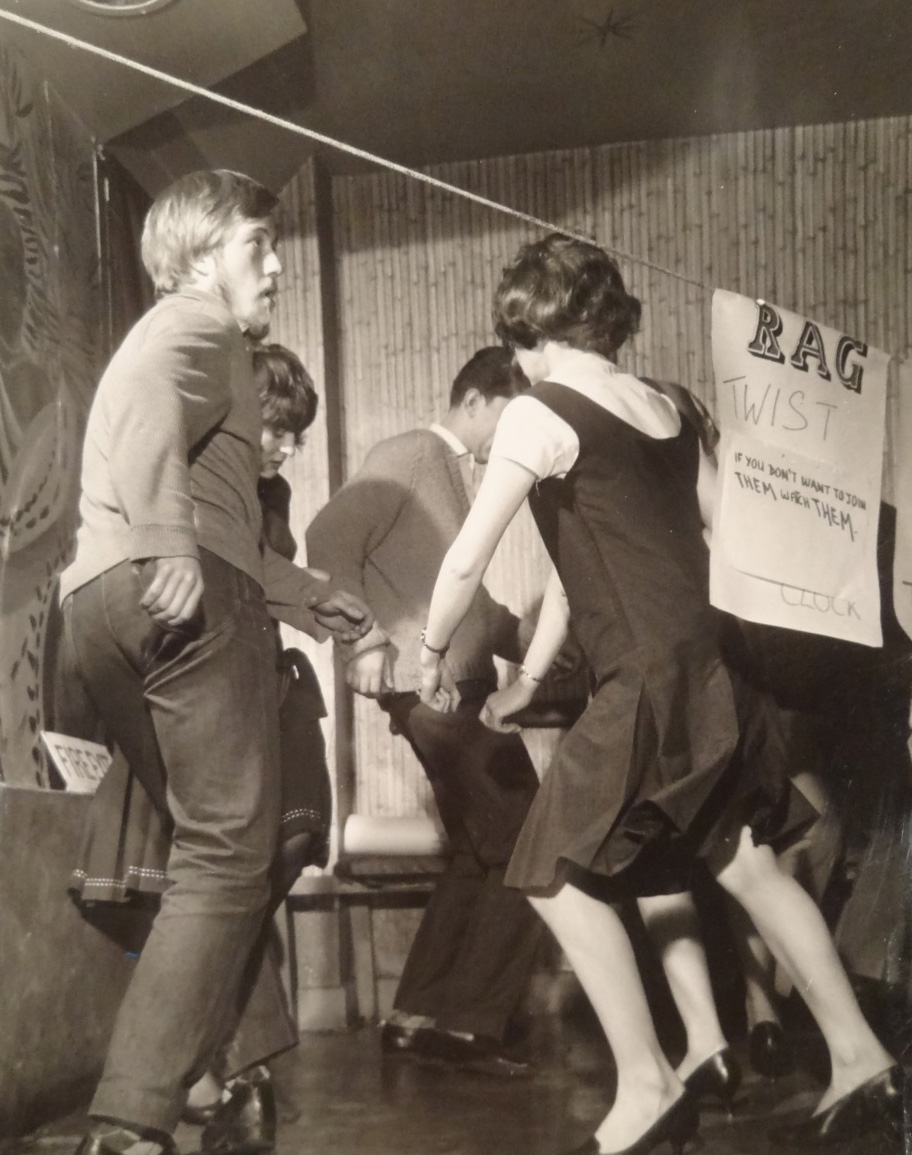
Daily Herald Archive © Science Museum Group collection
There are rock and roll dance competitions held at Butlins holiday camps, with cash prizes awarded by the Daily Herald itself:

Daily Herald Archive © Science Museum Group collection
And even Twisting children:
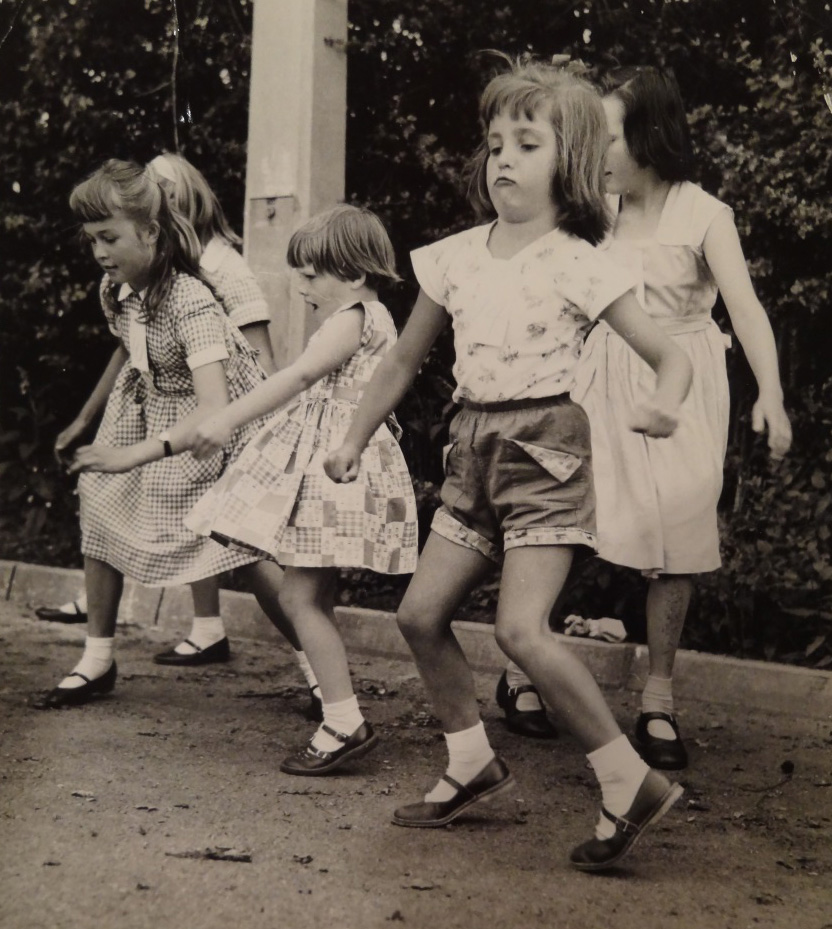
Daily Herald Archive © Science Museum Group collection
As well as new twists to the Twist:
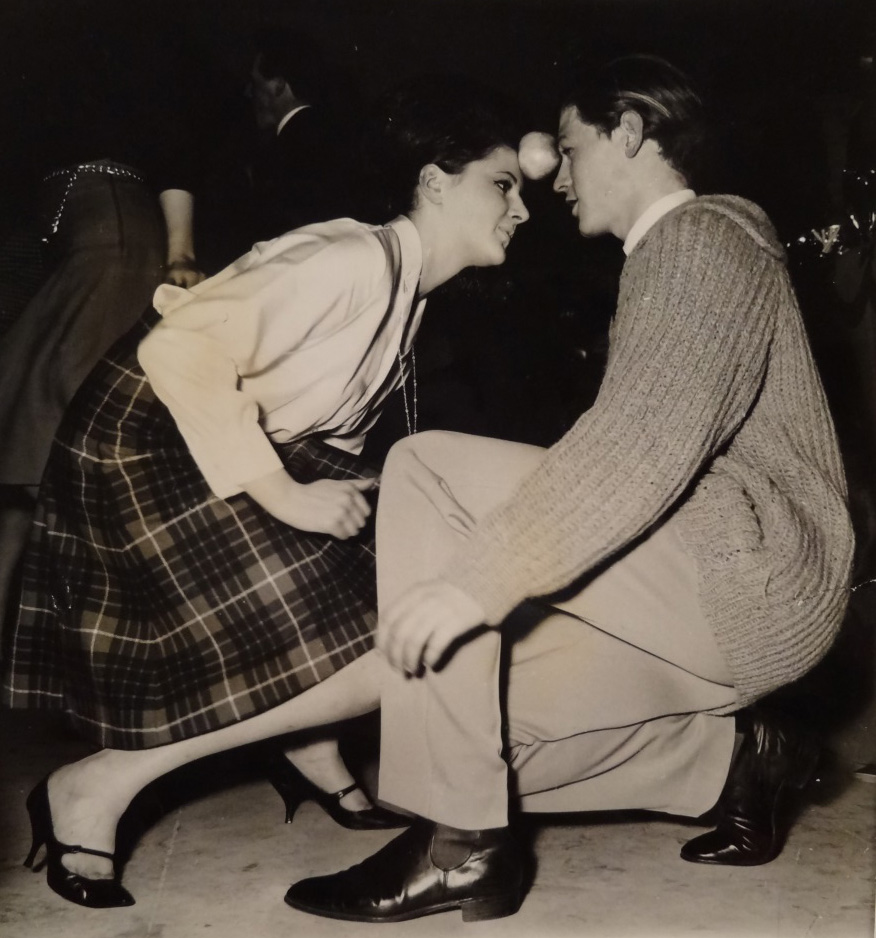
Daily Herald Archive © Science Museum Group collection
It’s incredibly interesting to see through these images how rock and roll dancing goes from ‘that wild thing that’s corrupting our youth’ to popular culture over a few short years. We go from images of dark club corners to purpose built dance halls, from a lifestyle only enjoyed by the ‘youth’ to an all-encompassing movement.
Of course, that doesn’t mean there aren’t any lingering dangers with the Twist…

“Pictured on 6th February showing her plaster casts which extend from ankles to hips is Mrs C. Brent Stewart of Indianapolis, who broke both knee caps doing The Twist at a party…”
Daily Herald Archive © Science Museum Group collection